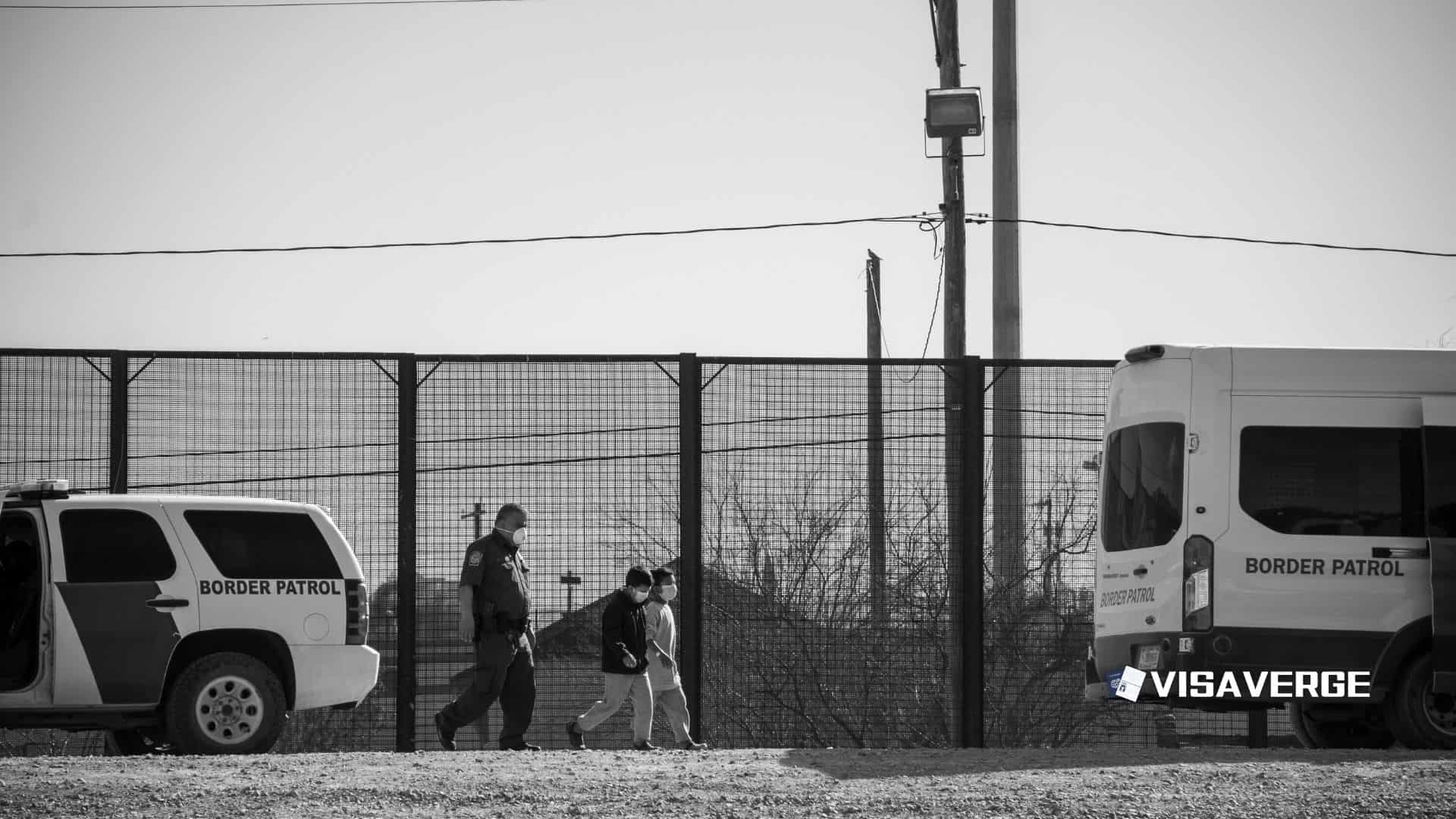Canada is on course to admit far fewer temporary foreign workers in 2025 than it originally planned, with current arrival patterns already matching the federal government’s lower target for 2026 of about 230,000 foreign worker arrivals. New projections show that by the end of 2025, only 202,923 foreign workers will have entered the country — more than 100,000 below the previous goal for that year — signalling one of the sharpest slowdowns in temporary labour admissions in recent Canadian immigration policy.
2025 targets vs. projected arrivals

Under targets released as part of Ottawa’s 2025–2027 Immigration Levels Plan, Canada had aimed to welcome 367,750 new foreign workers in 2025, split between the two main pathways it uses to bring in temporary labour:
- Temporary Foreign Worker Program (TFWP) — target: 82,000 entries
- International Mobility Program (IMP) — target: 285,750 entries (covers workers exempt from a labour market impact assessment)
The reality on the ground is proving very different. Based on admissions recorded from January to August 2025 and projected trends for the rest of the year, officials now expect:
| Pathway | Projected entries in 2025 |
|---|---|
| TFWP | 59,679 |
| IMP | 143,244 |
| Total | 202,923 |
This produces a combined shortfall of about 164,827 compared with the original 2025 target and puts actual arrivals almost exactly at the lower 2026 planning level.
Admissions so far in 2025 and recent slowdown
Between January and August 2025, Canada admitted 154,515 foreign workers:
- TFWP: 43,315 entries
- IMP: 111,200 entries
Those numbers already show a slowdown compared with last year’s data. The change becomes clearer when examining the peak hiring season:
- June to August 2025: 59,365 new temporary foreign workers arrived — a 35% drop compared with the same three‑month period in 2024, when employers were still ramping up recruitment after the pandemic.
Policy drivers and government goals
The policy shift is driven by concerns about:
- Housing shortages
- Pressure on public services
- Rapid growth of the non‑permanent resident population
Ottawa has said it wants the number of people in Canada on temporary status to fall to less than five percent of the national population by the end of 2027. As part of that approach, the Immigration Levels Plan sets an overall ceiling of 673,650 temporary residents for 2025, dropping to 516,600 in 2026.
Within that broader cap, the dedicated target for temporary foreign workers falls from 367,750 in 2025 to 230,000 foreign worker arrivals in 2026, a decrease of around 37% that is now being reached a year ahead of schedule.
The government’s approach means not only cutting back on new work permits, but also tightening student visa numbers and re‑examining long‑standing exemptions under the International Mobility Program (IMP).
(Analysis by VisaVerge.com supports this interpretation.)
Permanent immigration remains a priority
At the same time, the government is not lowering its ambitions for permanent immigration. Canada still plans to welcome 380,000 new permanent residents in 2026, similar to recent record‑high levels.
Officials have indicated that some foreign workers already in the country may move more quickly from temporary status to permanent residency. This pathway can help employers retain staff who have settled into their jobs and communities while still reducing the headline number of people on time‑limited permits.
Impacts on employers and sectors
The decline in TFWP arrivals is being felt most acutely by employers in sectors that rely on seasonal or peak labour:
- Agriculture
- Food processing
- Hospitality
- Long‑term care
Key consequences include:
- Staff shortages during seasonal peaks
- Reduced operating hours
- Scaling back of planned expansions
With June to August 2025 arrivals down by more than a third from the year before, some industry groups are already warning of operational disruptions.
Impacts of slower IMP growth
The effects of reduced growth under the International Mobility Program (IMP) are more nuanced:
- Many IMP permits go to higher‑skilled professionals, academic staff, intra‑company transferees, and participants in youth/exchange schemes.
- A smaller pool of such workers could make it harder for some firms to fill highly specific roles or launch new projects quickly in Canada.
- Employers may respond by:
- Increasing remote work
- Shifting some operations to other countries if on‑site staffing becomes infeasible
Consequences for foreign workers
For foreign workers, the changing landscape points to a tougher environment for entering the Canadian labour market:
- Fewer work permits being issued means greater competition for roles that offer employer sponsorship, Canadian experience, and potential pathways to permanent residency.
- Prospective entrants via the IMP may need:
- Stronger job offers
- Higher qualifications
- More patience as processing times and priorities shift
Government rationale and where to find the details
The government argues the recalibration will help Canada balance newcomer intake with the capacity of housing, transport, health care, and schools.
Detailed breakdowns and future targets are set out in the Immigration Levels Plan on the official Immigration, Refugees and Citizenship Canada website:
Key takeaway
For now, the figures suggest employers and prospective migrants will need to plan around a much leaner system for temporary labour in Canada than the one that existed just a few years ago. How employers, workers, and communities adapt to this quieter intake will shape debates over Canada’s future immigration mix well beyond the current 2025–2027 planning window.
The reset is visible in the numbers, and its effects will continue to unfold across industries, communities, and immigration pathways.
This Article in a Nutshell
New projections put Canada’s 2025 temporary foreign worker arrivals at 202,923, about 165,000 fewer than the original 367,750 target. January–August admissions totaled 154,515, with a 35% drop in June–August compared to 2024. Reductions affect both TFWP and IMP pathways. Ottawa cites housing and public‑service capacity as reasons and plans a 230,000 foreign worker target for 2026 while maintaining high permanent resident goals. Sectors like agriculture and hospitality face acute staffing pressures, pushing employers to adapt hiring and retention strategies.













